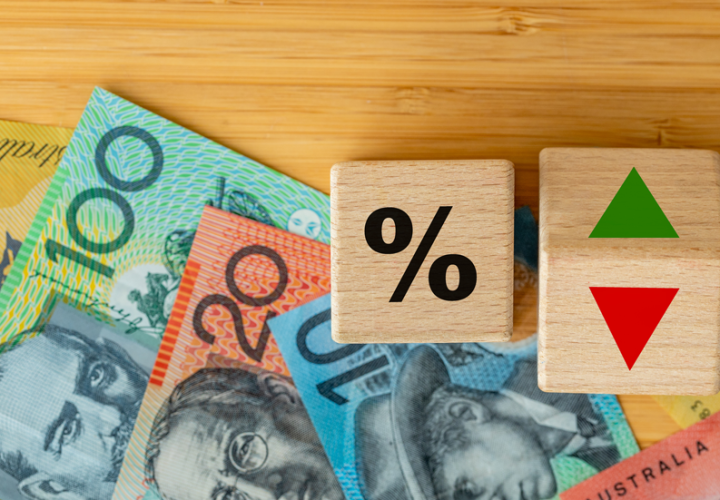
Australia’s $11.37 trillion housing market: Boom or Bubble?
Australia’s housing market has just entered uncharted territory. The total value of residential dwellings has hit a record-breaking $11.37 trillion, with the average home price now nudging just over $1 million. On the surface, it’s a jaw-dropping figure—but what does it mean for investors? More importantly, is this the peak, or just the next phase of a longer growth story?
In this deep-dive analysis, we explore what’s driving this property boom, how different cities are responding, and why serious investors should pay close attention to the current market signals.
How did we get here?
The path to this milestone wasn’t sudden. It’s been built on decades of demand, supply shortfalls, policy decisions, and most recently, two interest rate cuts in early 2025 that have reignited buying activity.
“The $11 trillion figure might grab headlines,” says AMP Chief Economist Shane Oliver, “but the real story is what’s beneath it—population growth, tight rental markets, and a construction sector under pressure.”
Indeed, in cities like Brisbane, Adelaide, and especially Perth, prices have surged as buyers seek value outside of traditionally dominant markets like Sydney and Melbourne. Perth, for the first time in a decade, now has a higher median house price than Melbourne. The reason? Investors are chasing affordability, yield, and lifestyle migration trends—all while housing supply lags.
Historical lessons: What the past tells us
If this all feels familiar, it’s because we’ve been here before. Following the Global Financial Crisis (GFC), and again during the COVID-19 pandemic, interest rate cuts triggered rapid price rebounds. Between 2020 and 2022 alone, national dwelling values rose over 35%, fuelled by record-low rates and a sharp bounce in consumer confidence.
According to CoreLogic’s Tim Lawless, “Each time rates fall, borrowing capacity rises and competition intensifies. That’s when we see significant upward pressure on property values.”
The same dynamics are now at play. Auction clearance rates have jumped across the country, while capital city prices are climbing month-on-month—some already posting double-digit gains in the past year.
Market snapshot: Winners and watchpoints
Perth and Brisbane are emerging as growth leaders, with price increases of 12–14% forecast for 2025. Investors are drawn to these markets for their relative affordability, tight vacancy rates, and strong interstate migration.
In contrast, Sydney and Melbourne have seen modest recent declines but remain resilient. Their fundamentals—large economies, high demand, and global status—still make them key long-term plays, especially as interest rate relief filters through.
Yet, the key risk? Undersupply. New dwelling approvals are running well below target, and population growth has resumed post-pandemic. This imbalance continues to underpin price strength.
“Even with affordability pressures, we’re simply not building enough,” says PropTrack Senior Economist Eleanor Creagh. “That’s a structural tailwind for prices.”
What should investors be doing right now?
Smart investors aren’t asking if they should buy—they’re asking where, how, and with what strategy.
Here’s what this means in practice:
- Don’t sit idle: Waiting for the market to “cool” could mean paying more later. If home prices rise another 6% in 2025 (as many analysts forecast), a $600,000 home today could cost $636,000 this time next year.
- Know your numbers: With rates shifting and yields tightening, financial modelling and cash flow forecasting are critical. Tools like Property Investment Analysis (PIA) and Mortgage Scenario Analysis (MSA) ensure your strategy is robust under different market conditions.
- Focus on fundamentals: Avoid hype and speculation. Seek properties with real demand, sustainable rental yields, and long-term growth drivers like infrastructure and employment hubs.
The bigger picture: Strategy over sentiment
It’s easy to be distracted by headlines. But the most successful investors understand that property is a long-term, strategic play, not a short-term punt.
John Tsoulos, QPIA and principal at IFP Advisory, sums it up best: “This market isn’t about chasing booms—it’s about building wealth with clarity, data, and discipline. If your strategy is solid, and your numbers stack up, the opportunity is now.”
Final word
Australia’s $11.37 trillion housing market might sound like a climax—but for savvy investors, it’s simply a checkpoint on a longer journey. As history shows, the right conditions—interest rate cuts, population growth, and underbuilt supply, have consistently led to strong returns for those who acted early.
The key takeaway? If you’re in a position to invest, time in the market is still your best ally. Delaying now could mean higher prices, stiffer competition, and missed growth. The property cycle is moving again—and those who act strategically will be the ones best positioned to benefit.
Sources: ABS, CoreLogic, AMP Capital, PropTrack, commentary by Shane Oliver and Eleanor Creagh (2025 media statements)
For further insights on property investment, avoiding common pitfalls and staying informed about market conditions. reach out to John Tsoulos or Frank Pennisi at IFP Advisory on (08) 8423 6176. Your investment success depends on making informed, strategic decisions.
IFP Advisory is an Accredited ASPIRE Property Advisor Network advisor and all professionals are Qualified Property Investment Advisors (QPIA). Property investing is about purchasing a property that aligns with your goals and investment strategy. You should never be sold an investment. Know your numbers! If you invest wisely and strategically, the Australian residential property market can be a rewarding venture.




